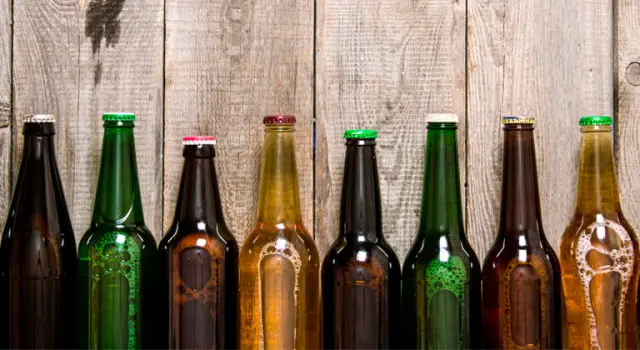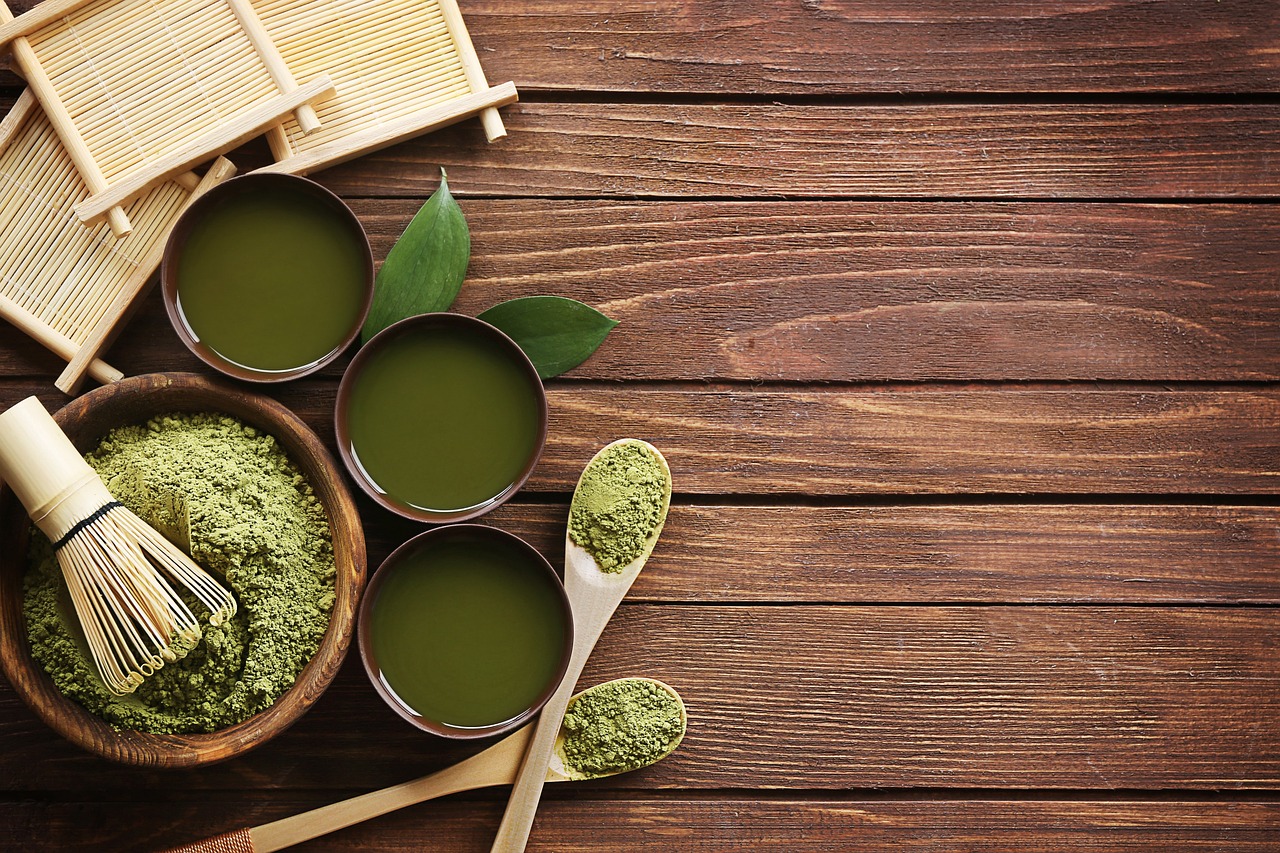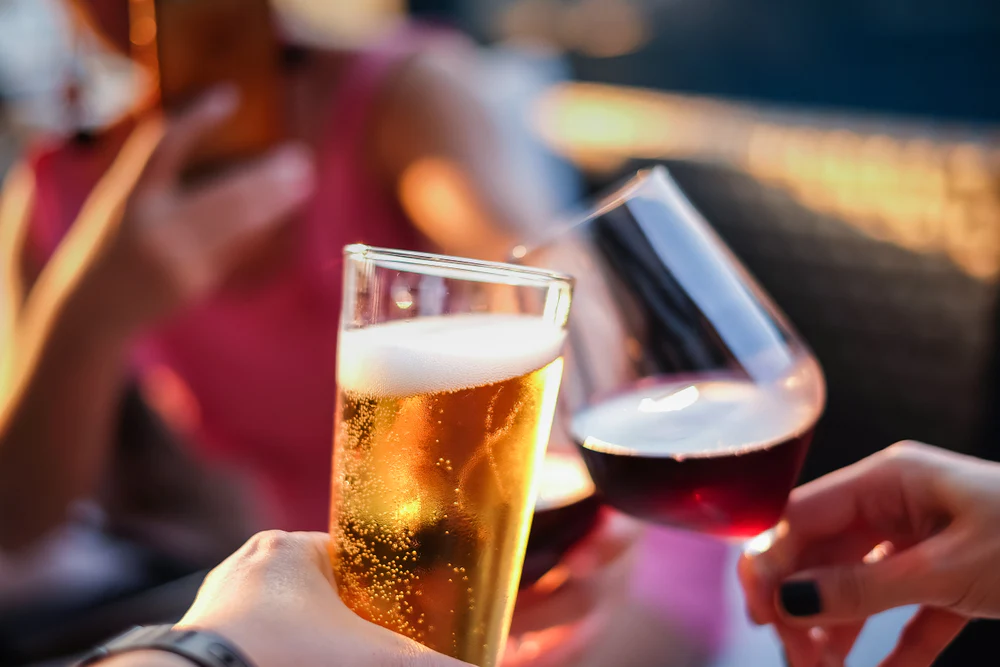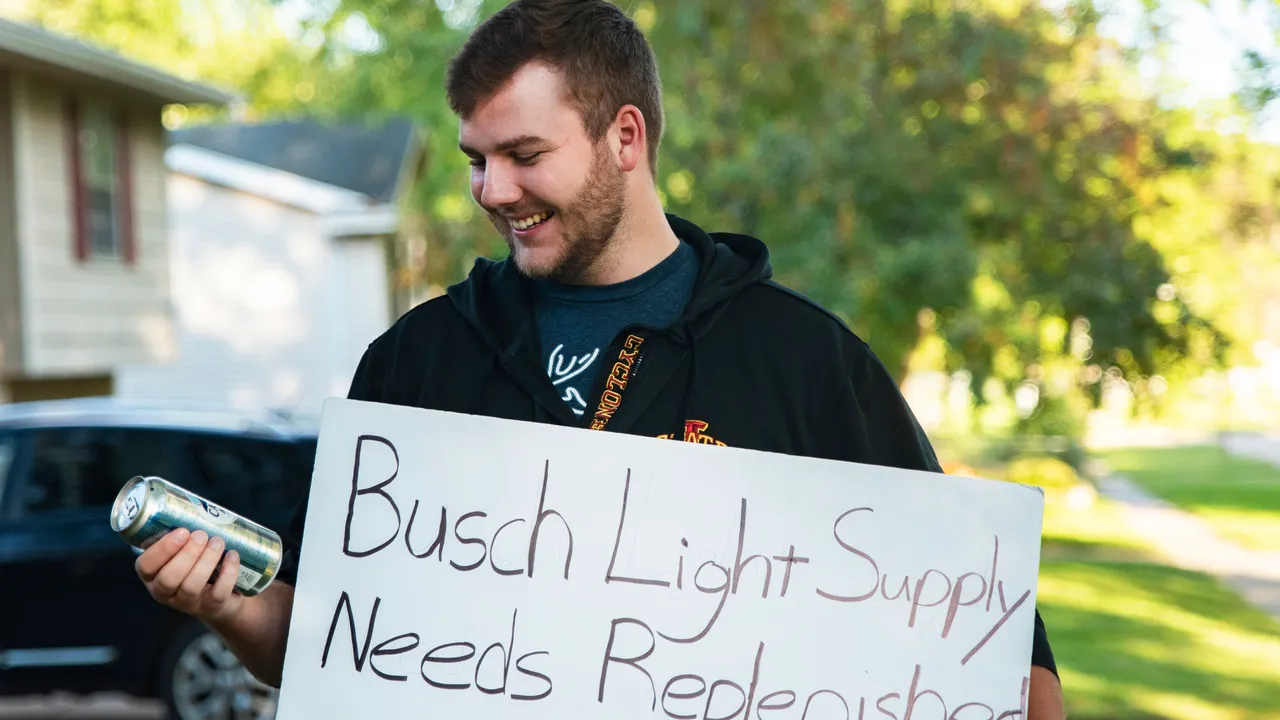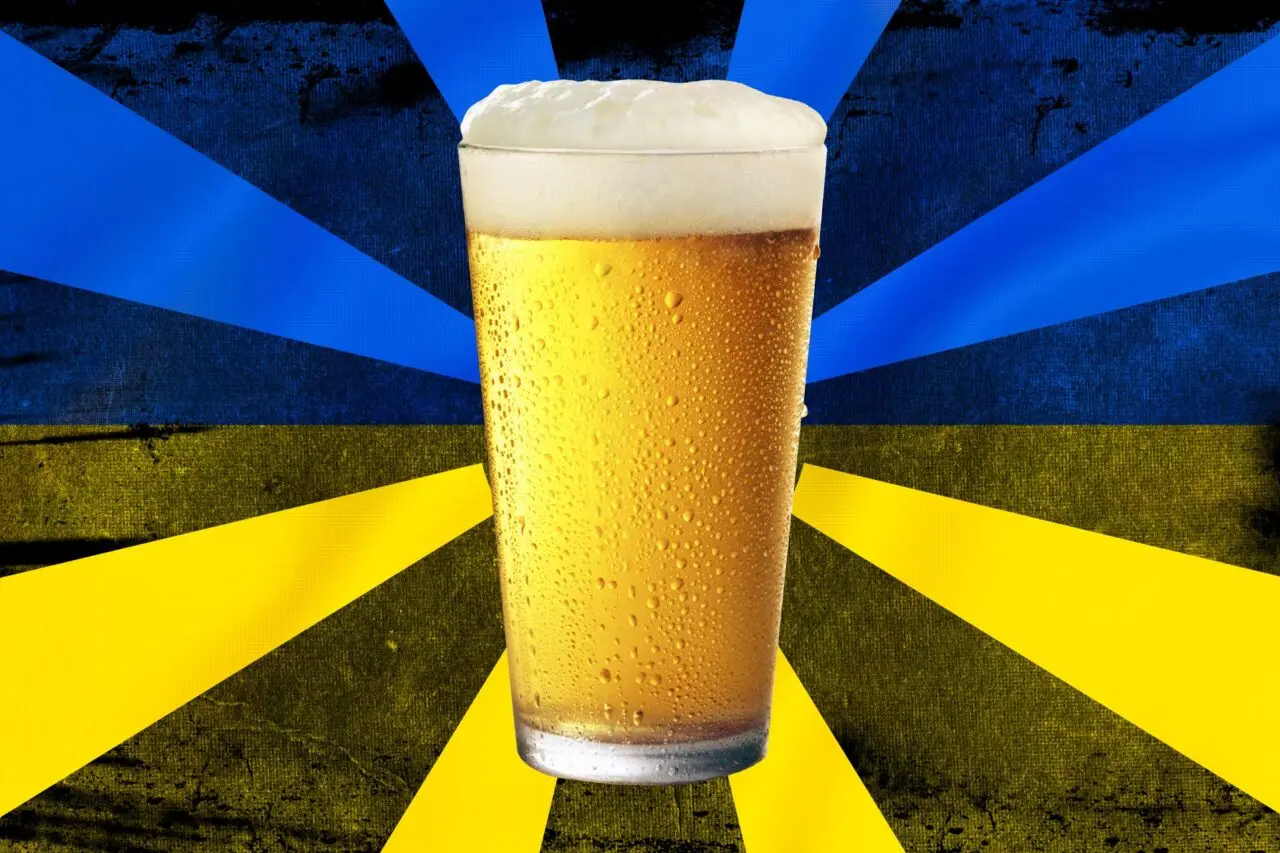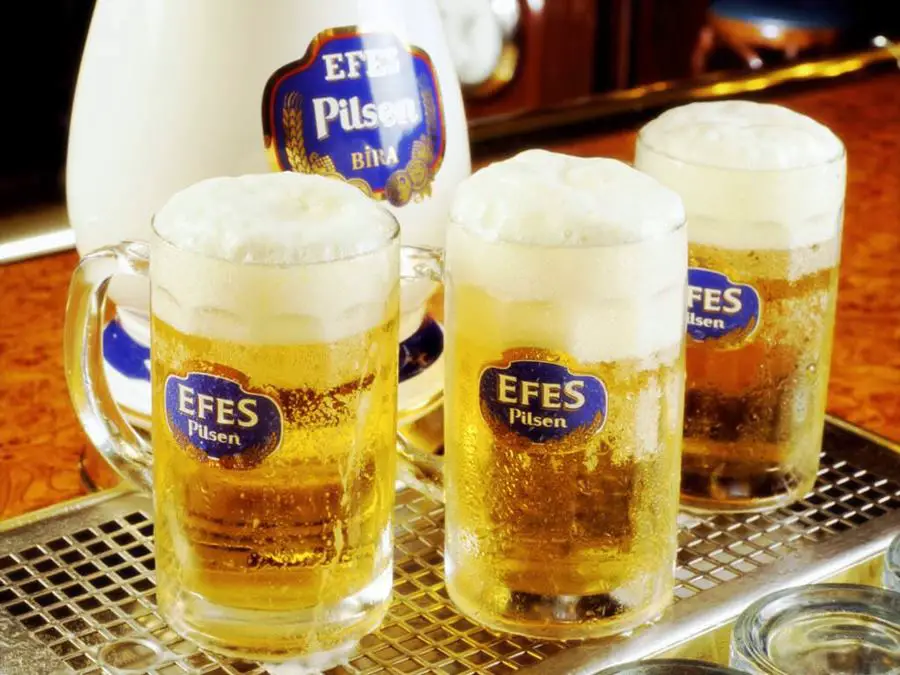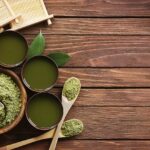There’s always a reason behind everything and if you ever wonder why beer bottles are green and brown, then good question! Yes, there is an important reason behind this selective coloring.
Beers and alcoholic beverages have been around for centuries. Of course, the name evolved but the bottles came to being quite later. Around the 17th century, the concept of using glass bottles became more common. The main reason behind this is – that glass storage helps keep the beer fresh.
However, after leaving beer in glass bottles in the sun for longer durations, they started to smell bad because the UV rays could easily penetrate clear glass. Therefore, a need to counter this issue was born.
With that said and done, this concept can be better understood by taking a trip down memory lane of beer bottles.
Table of Contents
ToggleHistory of Beer Bottles
The history of beer bottles may not be as old as alcohol itself but it is just as fascinating. That is to say, these bottles were not always as you see them, they went through constant evolution to become what you know purchase, and drink.
You might already be familiar with Noah’s Ark, but the history of beer traces even beyond that. Yes, beer has been around for longer than one can imagine and evidence after evidence simply stretches the timeline even further back. However, by the 16th century glass bottles for beer were made but that wasn’t like the aforementioned commercial production.
By the 17th century, many manufacturers had adapted to glass bottles but they were amidst chaos. There was not a single bottle strong enough to withhold the CO2 pressure that the beer caused and the glass would simply shatter.
Over a hundred years, longneck bottles were discovered to avoid the pressure issue but that was not the end.
The struggles of beer glass bottles continued in history as the disease of transparent glass bottles was discovered. What essentially happened was that the beer would go bad because of the UV rays that would pass through and so the manufacturers were left at square one in their quest to produce beers in beautiful glass bottles.
Nevertheless, the lack of science and technology made this procedure quite lengthy, for them to figure out what the accurate solution would be. The problem grew bigger after the First World War when the demand for bottled beers skyrocketed and took the manufacturers by surprise as they had to race against time for a solution.
The Logic Behind Beer Bottle Colors
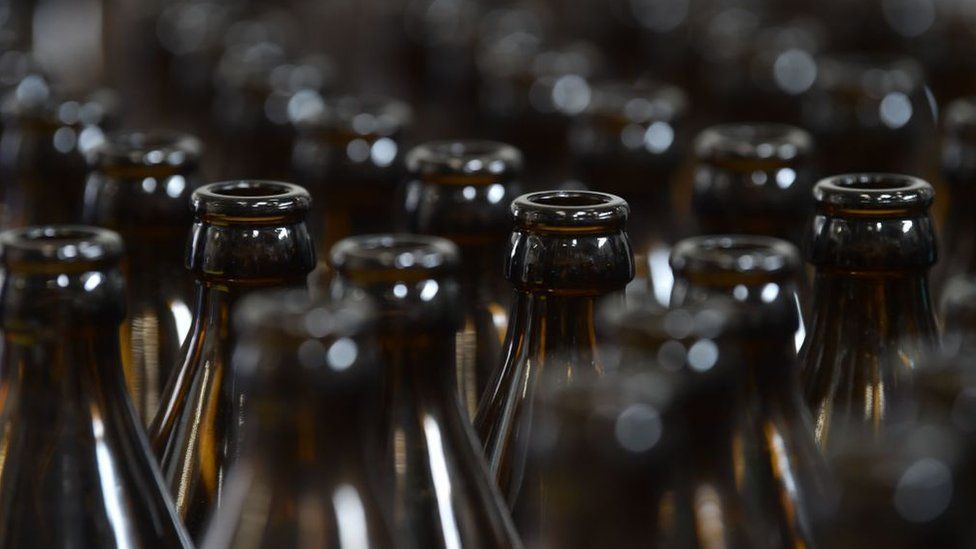
Glass beer bottles kept the beer fresher for longer periods and it did have an elegant appeal to it. However, it took long enough for manufacturers to figure out if the beer is fresher then why does it eventually stink?
It was noted that this phenomenon mostly occurred when the bottles were left out in the sun compared to bottles left in storage. As science and research further advanced in the subject, the UV rays issue was discovered and now they had a “known” problem. The good thing about “known” problems is that they can be solved. It can only be not fixed if it is unknown, simple as that.
During that time, the term skunky beer was also quite common, as it was a common occurrence since most consumers did not manage to keep their beers in safe storage.
Essentially, the sun’s rays would trigger a severe chemical reaction that would produce a chemical that quite closely could be associated with the smell of a skunk. Moreover, the taste was just as terrible.
New advancements in science and research suggested that the proper term should be ‘lightstruck’ as it gives more information on what happened, and would also educate the general public, while they worked on fixes.
Nevertheless, the brown and green colors were far from implemented. At first, the solution was to develop light stable hops that would stop this phenomenon but then it would alter the taste.
Finally, at the very end, it was concluded that brown bottles should shield the alcohol from harmful UV rays and keep the beer fresh for as long as needed.
The Arrival of Green Bottles
Green beer bottles arrived a bit later than the brown ones as they were the ideal choice for manufacturers as they gave more protection. It is also important to note that, to this day, brown bottles are still ideal, as there hasn’t been a better alternative to them in terms of protection.
Now, similar to the First World War, it was the Second World War, when brown beer bottles were high in demand but the supply was just not as easy as one would hope.
Therefore, many manufacturers resorted to the green glass. Yes, green beer bottles are also still commonly used today but they do not offer nearly as much protection as brown bottles. However, the demand for beer was high as the clouds and the suppliers had to supply. With no other alternative, manufacturers resorted to green bottles that offered comparatively more protection than clear glass, which offered zero protection.
Moreover, green bottles gained more popularity only because they were used as a marketing tool to promote “premium” beer. Even though, it was merely a convenient option for manufacturers back then. This created the mindset that green bottles indicate a higher-class beer and soon, they were considered a symbol of status.
Final Thoughts
It is safe to conclude that there is a brilliant history and great reasoning behind why beer bottles are green and brown. It is not merely for show but rather embodies a long entailing history filled with struggles to protect beer for avid drinkers in history and in the modern era.
The important takeaway here would simply be that brown bottles offer the best protection against beer being spoiled because of sun rays, while green bottles are just a convenient alternative that rooted its place in history and has continued to do so.
So, next time someone asks why are beer bottles green and brown, you know exactly why!

I am a passionate beer connoisseur with a deep appreciation for the art and science of brewing. With years of experience tasting and evaluating various beers, I love to share my opinions and insights with others and I am always eager to engage in lively discussions about my favorite beverage.

